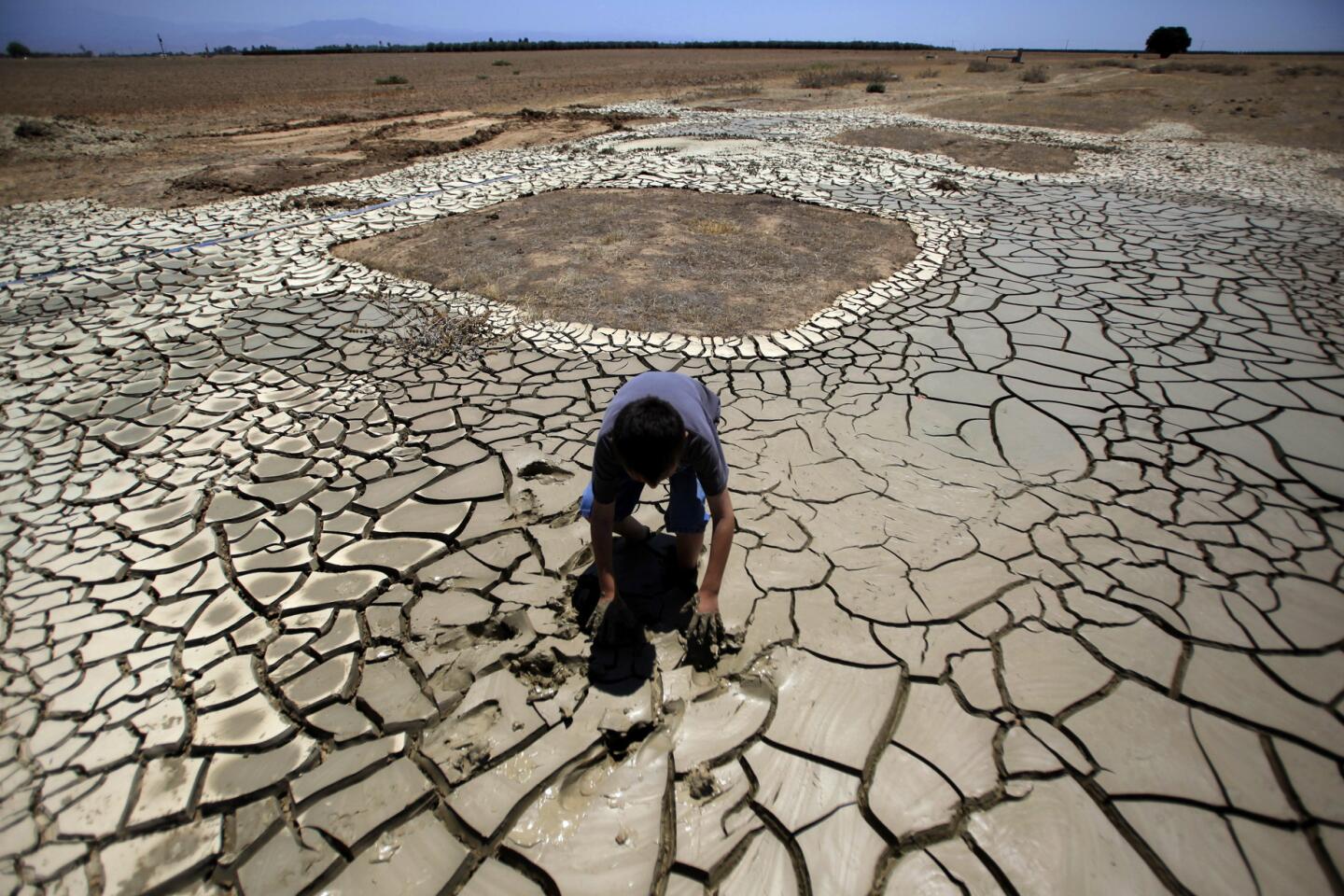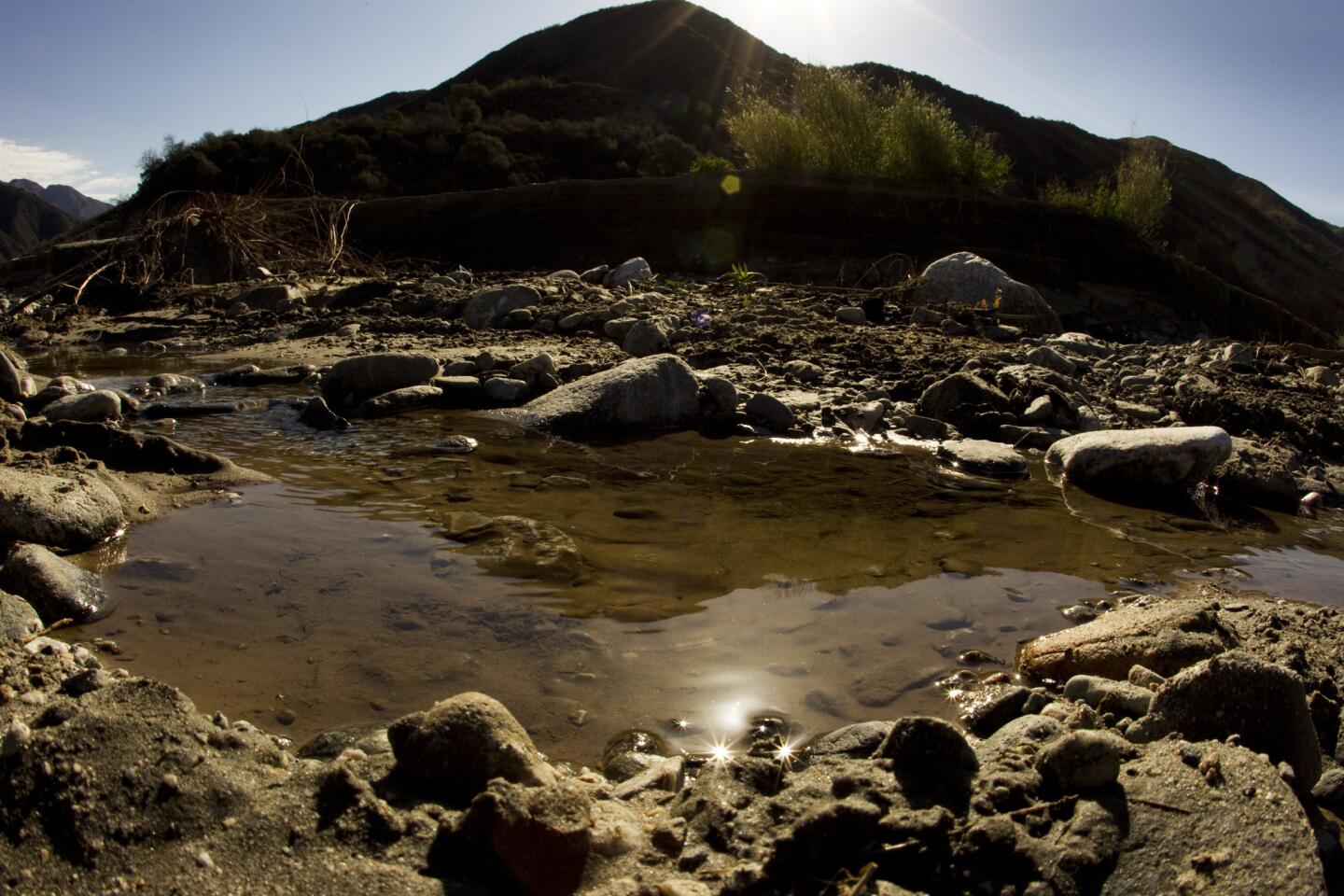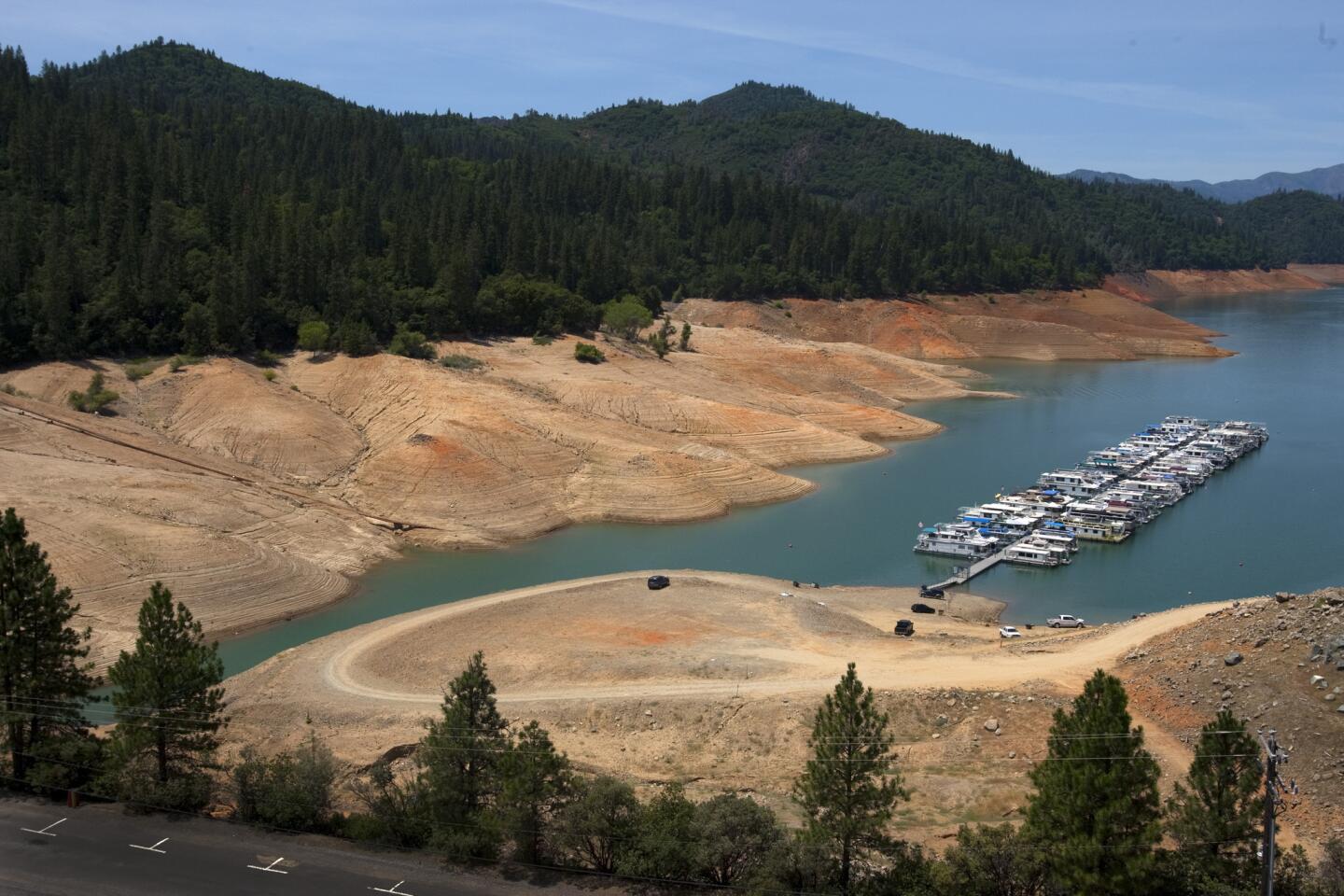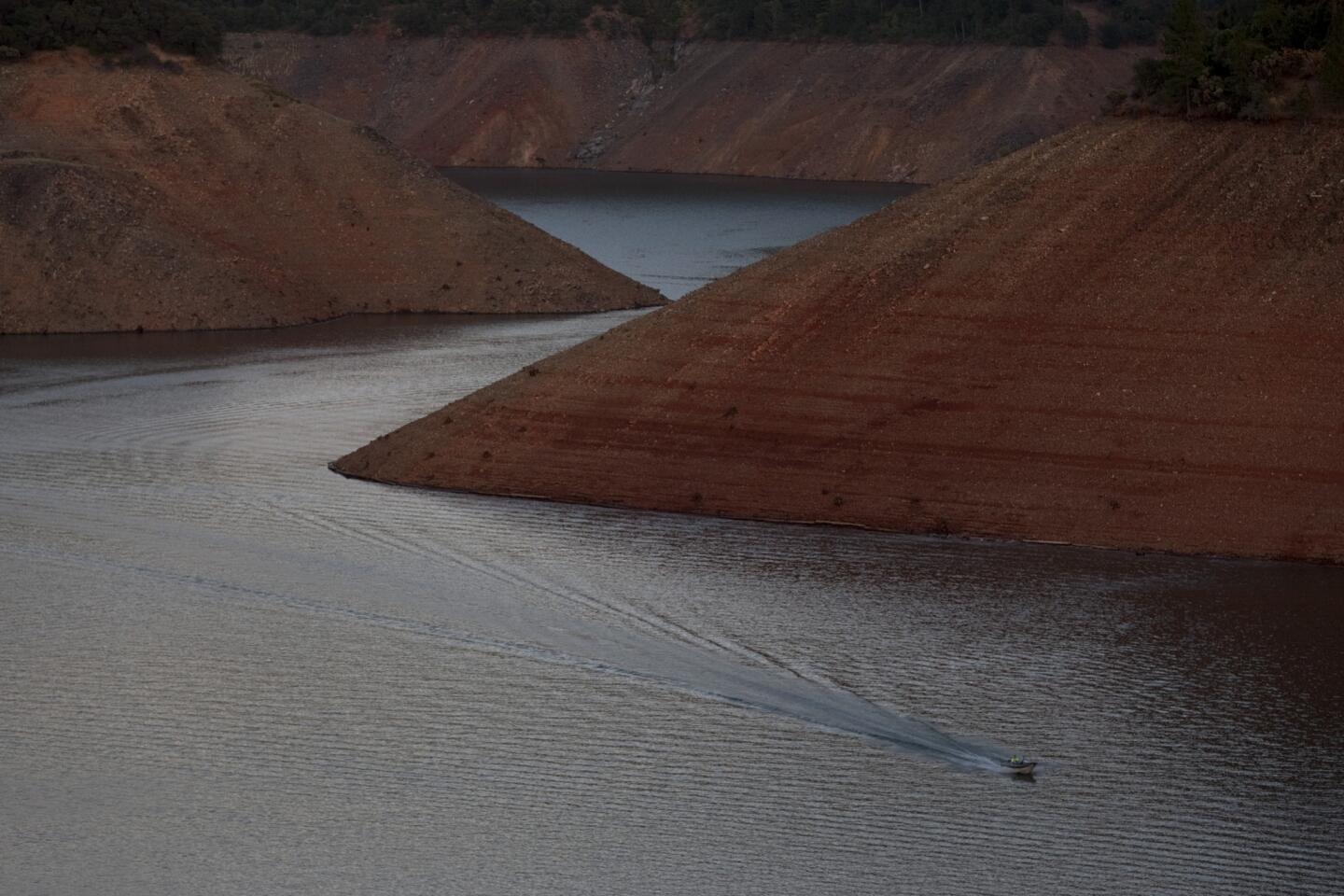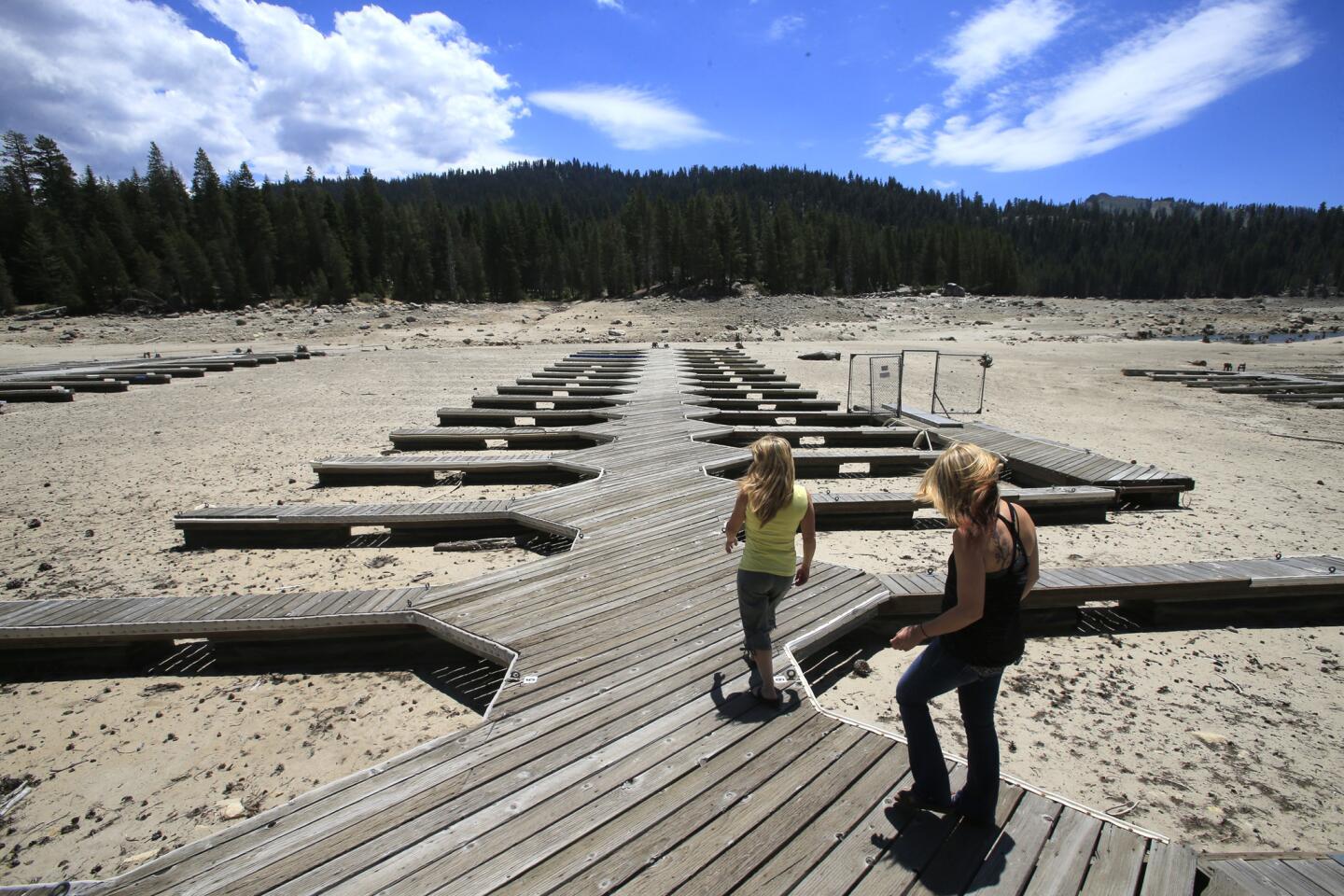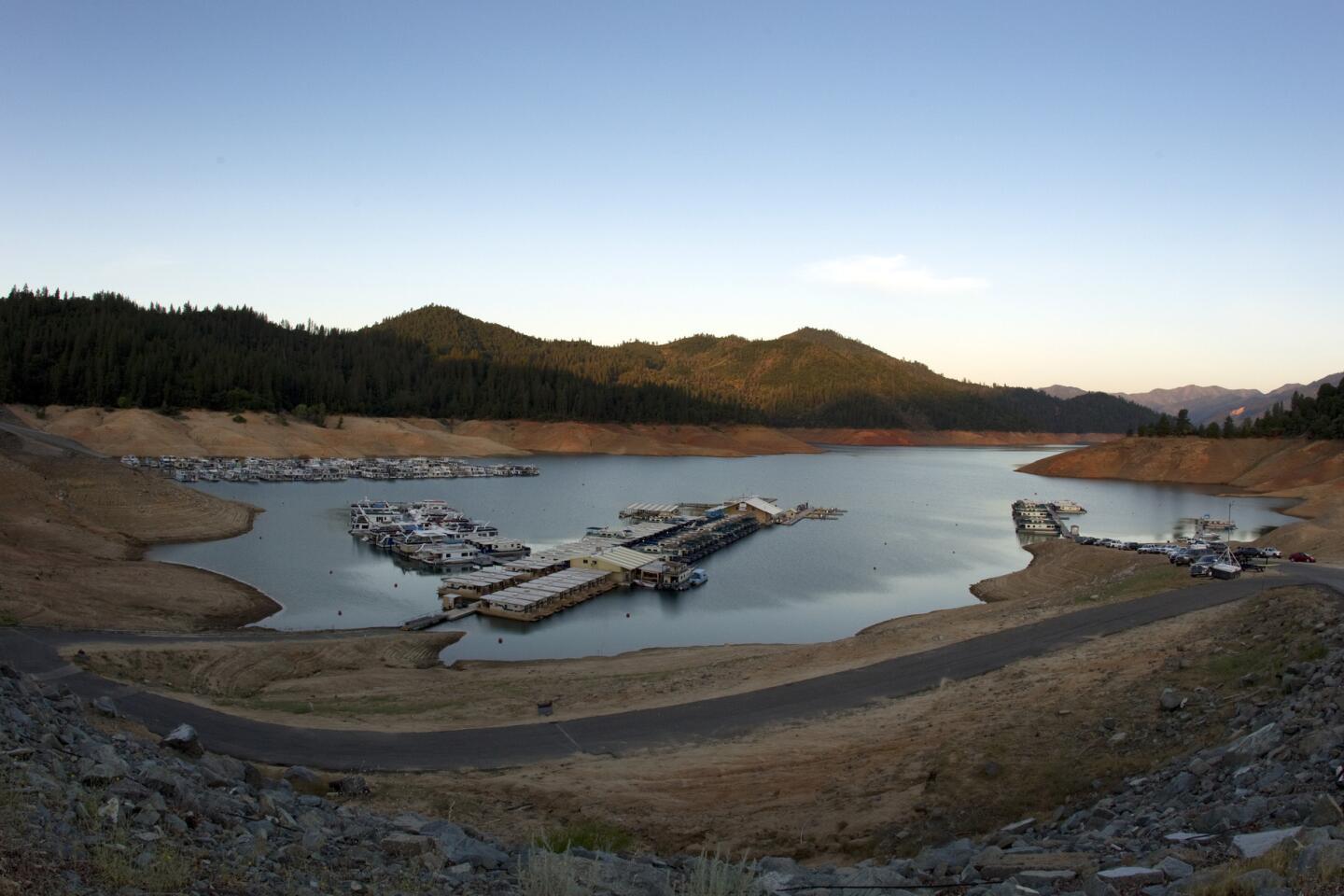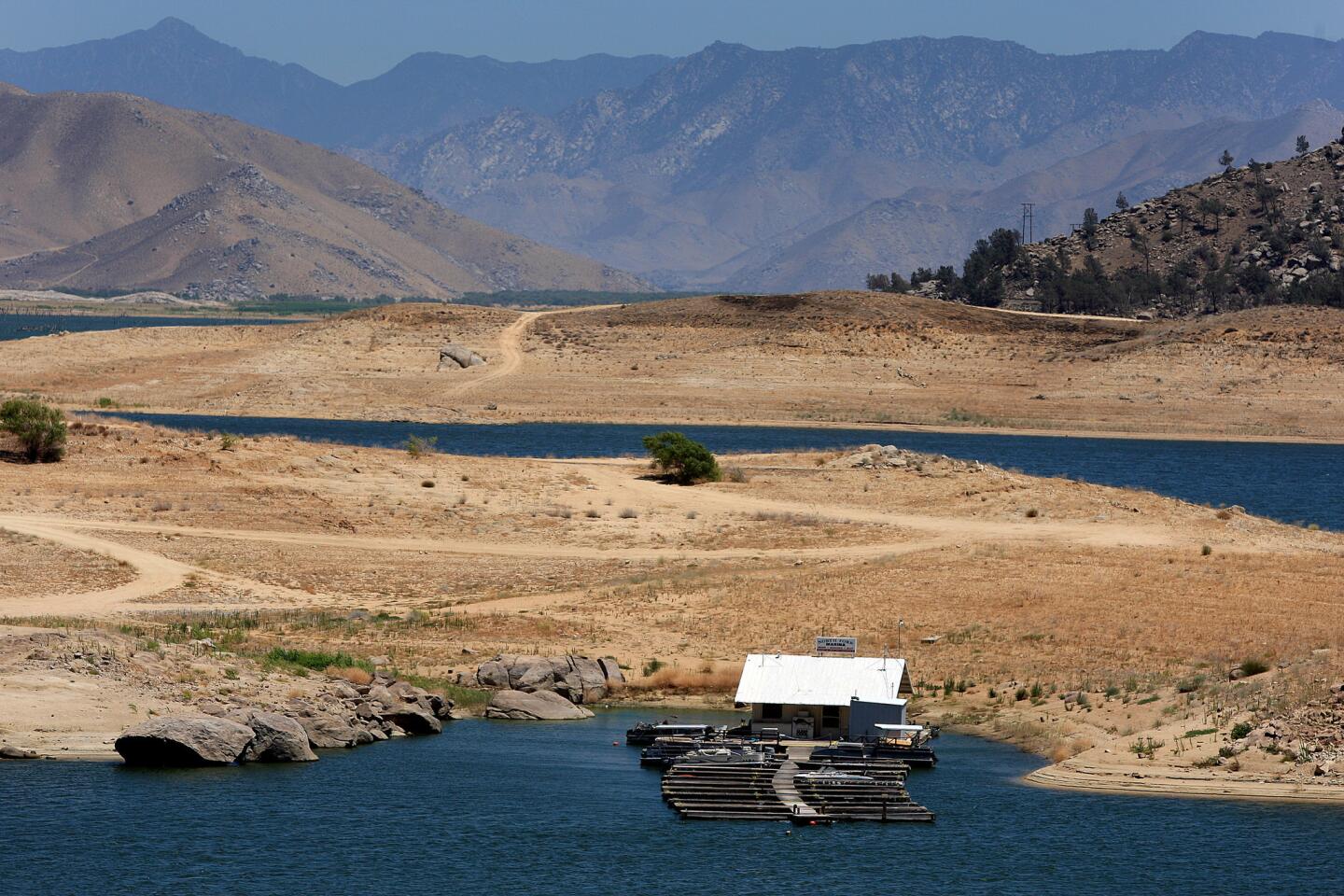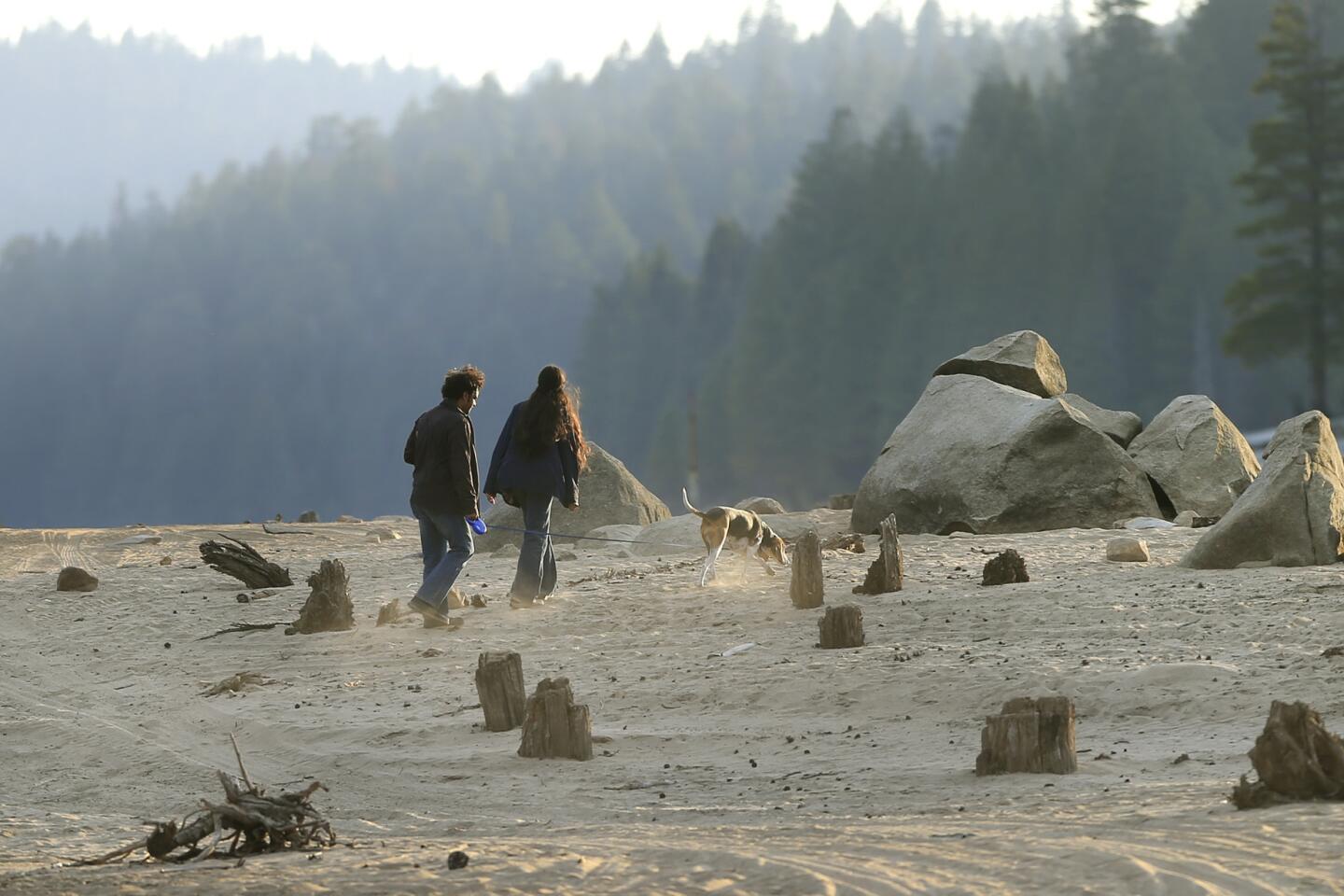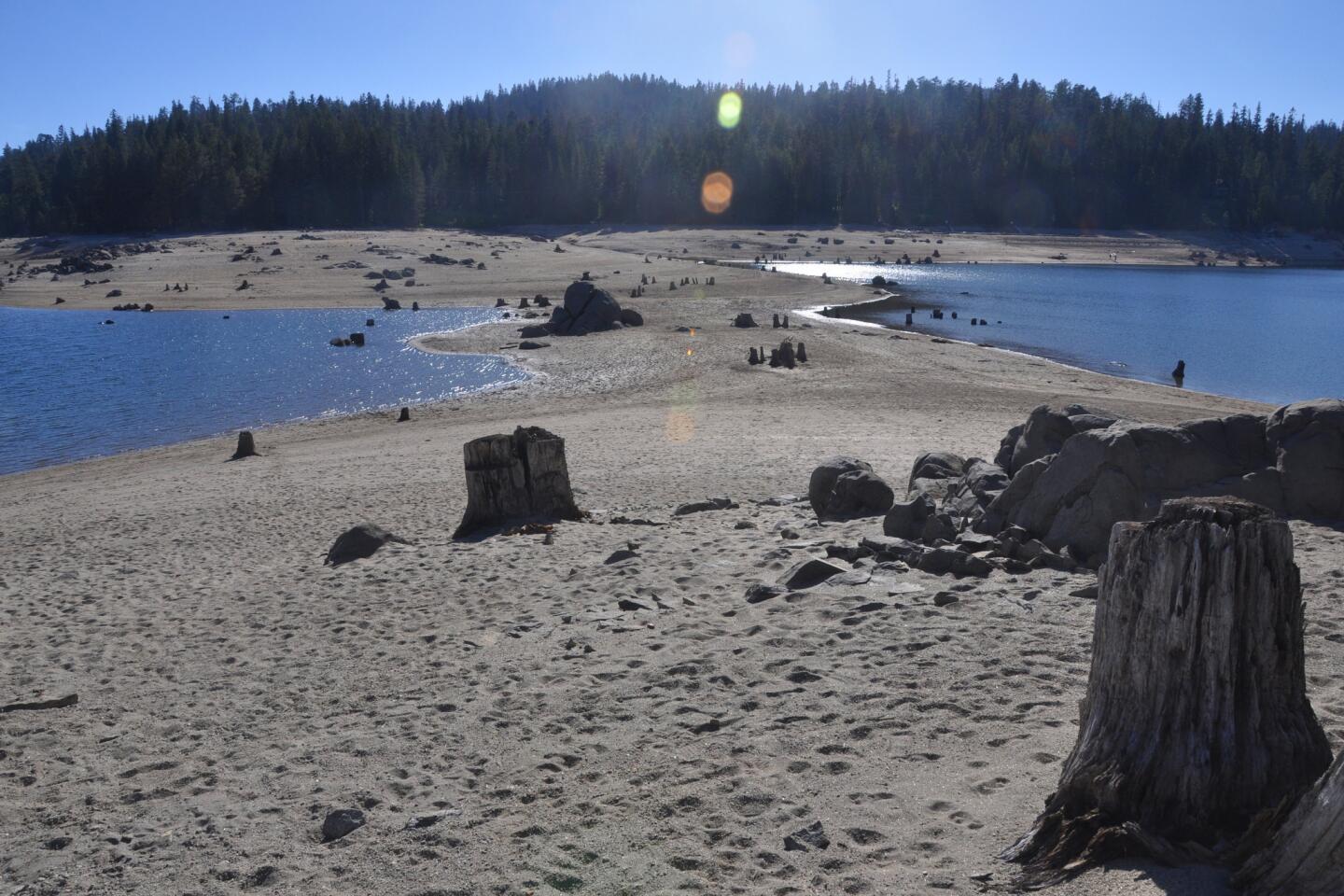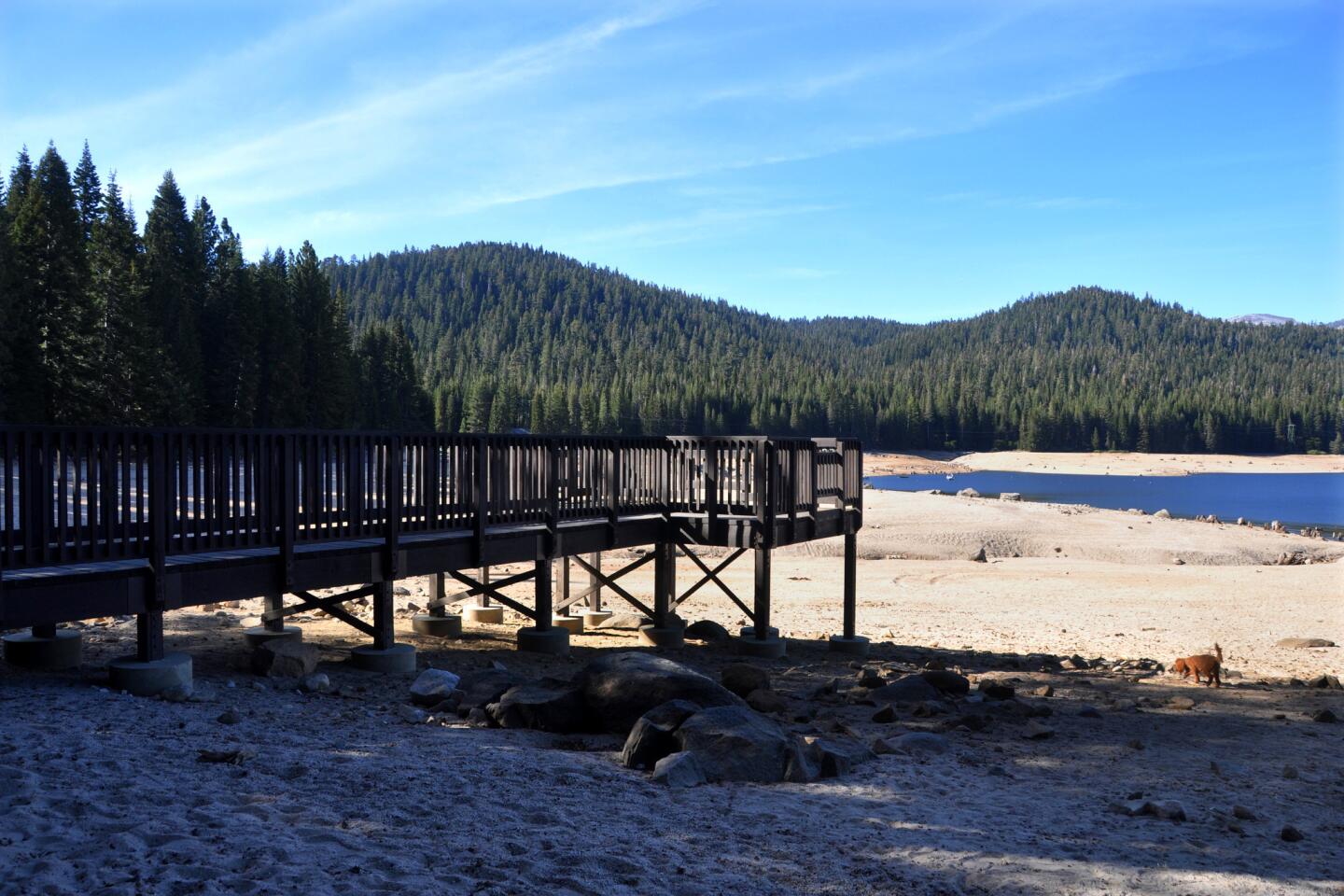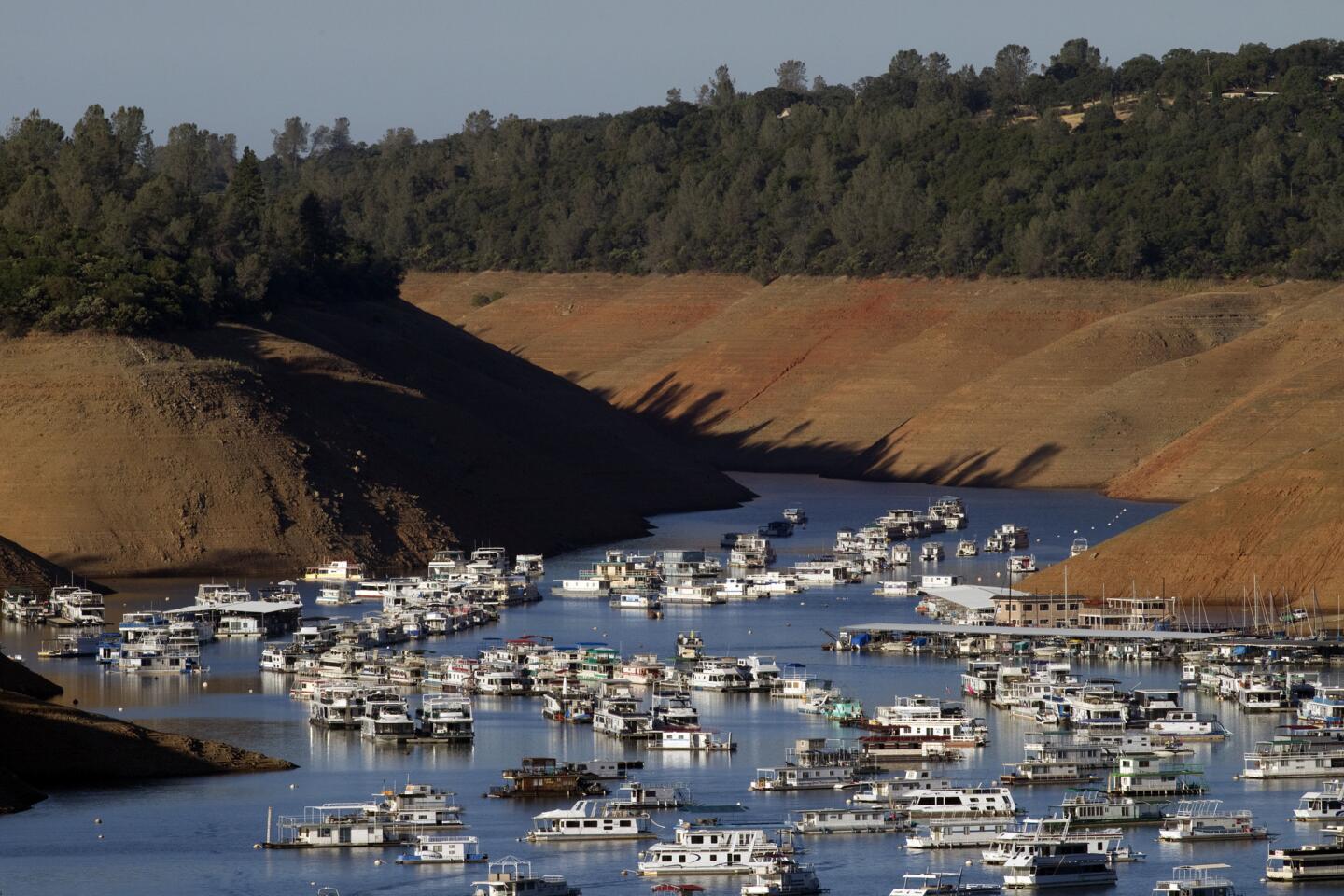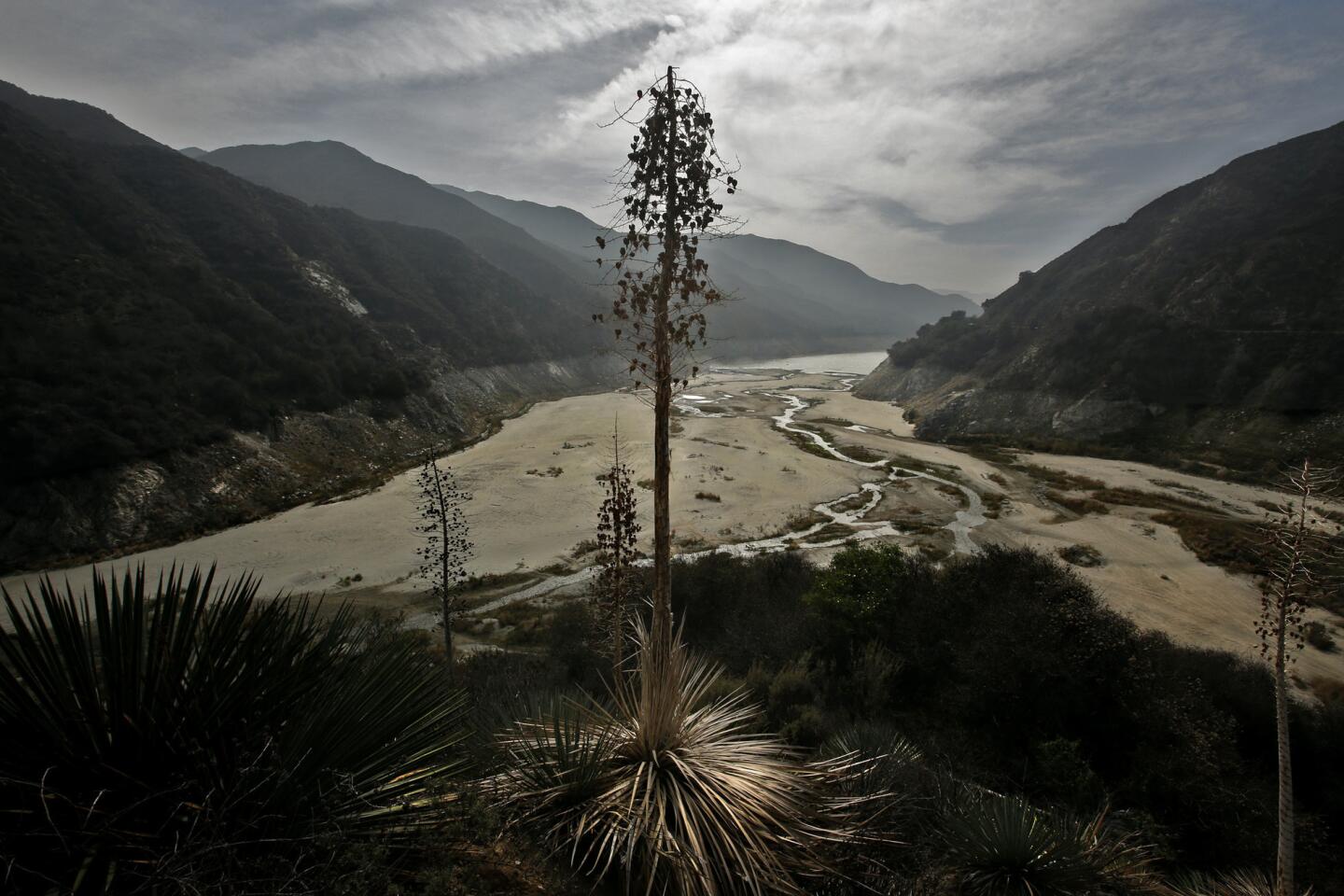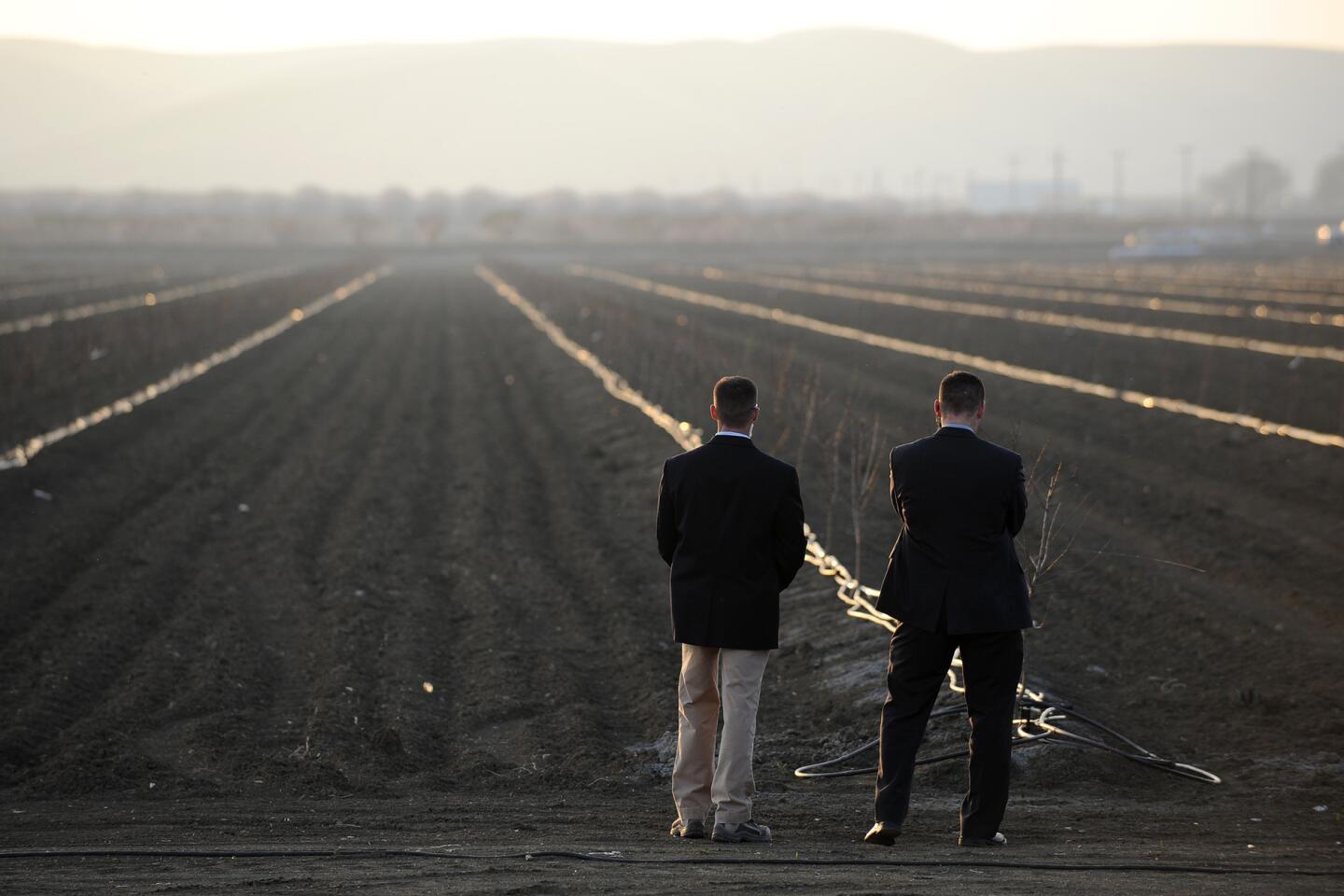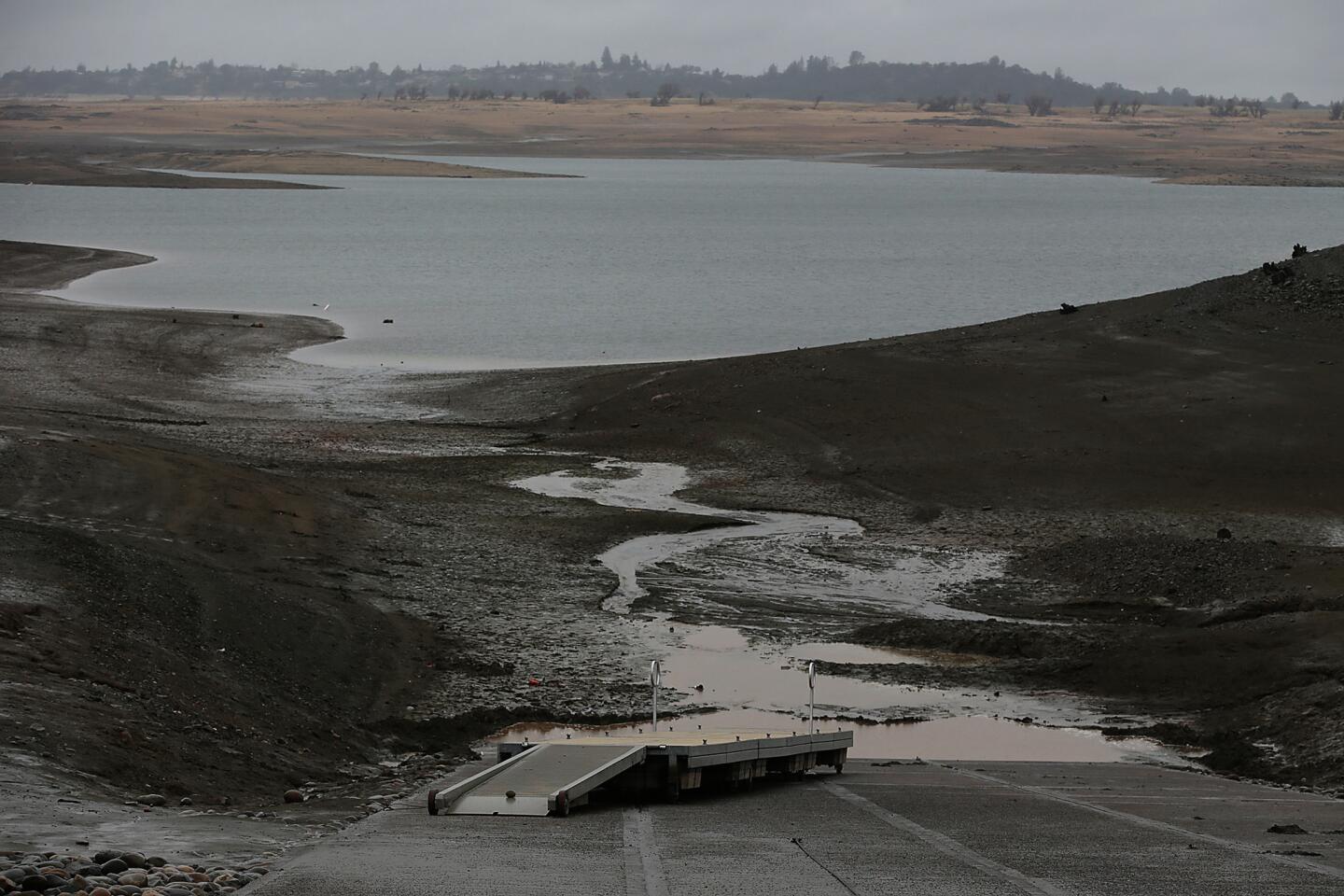Nearly 80% of California now under ‘extreme’ drought conditions
- Share via
Harsh, dry conditions continue to drive more of California into the highest possible category of drought, the National Weather Service announced Thursday.
Nearly 80% of the state was under “extreme” drought conditions in June, according to the latest U.S. Drought Monitor map. Within that area, the amount considered to be in the highest category of drought -- “exceptional” -- grew from 33% in May to 36%.
Exceptionally dry conditions already affect pockets of Northern California, all of Central California and coastal communities, but have now extended to Ventura and Los Angeles counties, and much of Orange County, experts say.
In April, the entire state was considered to be in severe drought for the first time in 15 years.
A large portion of Northern California is extremely dry, creating conditions unfamiliar to firefighters who are struggling to battle a 4,300-acre blaze in Napa County.
About 21% of California’s southeast counties are facing severe drought conditions.
Experts expect above-normal temperatures will continue to hamper already thirsty Central California regions through July and August.
Although widespread rainfall is expected to drench the East Coast, California will be spared and could stay dry for some time, forecasters warned.
The ongoing drought has prompted extreme water-saving measures in communities across the state.
Municipalities across the state have instituted water conservation measures that range from voluntary to mandatory as the State Water Project, which supplies a majority of the state, slashes its allocations.
Other water users have taken visible steps to curtail water use, such as the Getty Center in Los Angeles and the Getty Villa in Pacific Palisades, which drained most of their water features following two voluntary emergency declarations made by Gov. Jerry Brown this year.
Fruit and vegetable prices were also expected to increase by 6%, as the drought impacts crops in the Central Valley.
For breaking news in Los Angeles and California, follow @VeronicaRochaLA. She can be reached at veronica.rocha@latimes.com.
More to Read
Sign up for Essential California
The most important California stories and recommendations in your inbox every morning.
You may occasionally receive promotional content from the Los Angeles Times.
